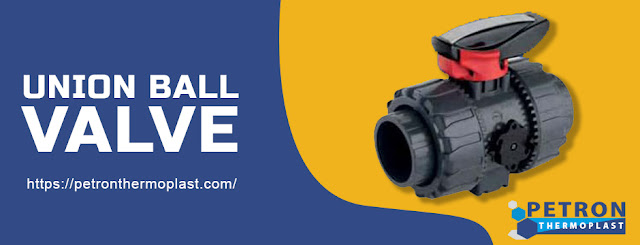One of the market's most popular commercial and industrial coatings is polyvinylidene fluoride (PVDF). A highly stable and inert fluoropolymer resin known as PVDF offers excellent protection against metal weathering over time.
A resin-based coating system is used in PVDF coatings. They are frequently used when a long-lasting coating is required for exterior project surfaces to provide the substrate with exceptional protection while resisting weathering, chalking, fading, and UV rays. 70% PVDF coatings produce outstanding protection and a fantastic appearance.
Metal can have PVDF coatings put on it both before and after forming. Coatings can be sprayed onto formed aluminum extrusions for curtain walls, aluminum window and door framing, gutters, soffits, and sunshades or applied in-factory in coil coating applications for metal roofs, garage doors, and wall panels.
PVDF has a low density and is lightweight compared to other fluoropolymers like polytetrafluoroethylene (Teflon), which makes it useful in the construction and automotive industries. Polymeric sheets and film, frequently used in the electronics, medical, and defense industries, and lithium-ion batteries, can be produced using PVDF by injection molding, molding, or welding. It is also offered as a closed-cell, cross-linked foam primarily used in aerospace and aviation applications.
PVDF is primarily used in demanding applications requiring a high level of purity, excellent mechanical properties, and excellent chemical resistance. The creep resistance of PVDF is much better than that of other fluoropolymers.
Properties:
- Outstanding creep and
fatigue resistance
- Outstanding thermal
stability
- Highly effective radiation
resistance
- Frequently utilized as an
insulation and safety cover in chemical applications.
- ultraviolet resistant (does
not age)
- Significantly high
dielectric constant
- Working temperature range of
-20 to +130 °C
PVDF is frequently used as a protective barrier or insulation in the chemical industry. Technical data sheets are where you can find more details on PVDF's characteristics.
Key characteristics:
- The capacity to withstand
heat
- Superior abrasion resistance
- Low permeability to the
majority of gases and liquids
- Resistant to weather
- Minimal weight
- Strength in mechanics
- Protection against radiation
- Effective electrical
insulator
- Protection against chemical
corrosion
- The word recyclable
Applications:
- Plumbing fixtures and pipes
- Inlets and outlets
- Cathodes and anodes in the
production of lithium-ion batteries
- Applications for high-purity
semiconductors
Market Prospects
A CAGR of 6.05% is predicted for the polyvinylidene fluoride (PVDF) market over the forecast period (2019-2024). PVDF makes rods, sheets, tubing, monofilament & drawn fibers, films, membranes, and cast parts. Building and construction, chemical processing, automotive, PV modules, oil and gas, and electrical and electronics are some of the major end-user industries for PVDF. PVDF is also used in electric vehicles, water treatment, wires and cables, and textiles. They are used in various end-use industries as coatings, sheets, films, pipes, and tubes.
Increased demand for polyvinylidene fluoride across various applications in
various end-use industries, combined with rising acceptance of PVDF, is the
main factor anticipated to fuel market growth over the forecast period. The
rising demand for lithium-ion batteries, coatings, sheets, and photovoltaic
films is a significant factor that will favor the product in the upcoming
years. However, the threat of substitutes due to quick advancements in
polymeric material research and escalating environmental and health concerns
about the product are more likely to prompt regulations that restrict its
production. However, the market is expected to be driven by the rapidly
expanding end-use in the new energy sector throughout the forecast period.






No comments:
Post a Comment